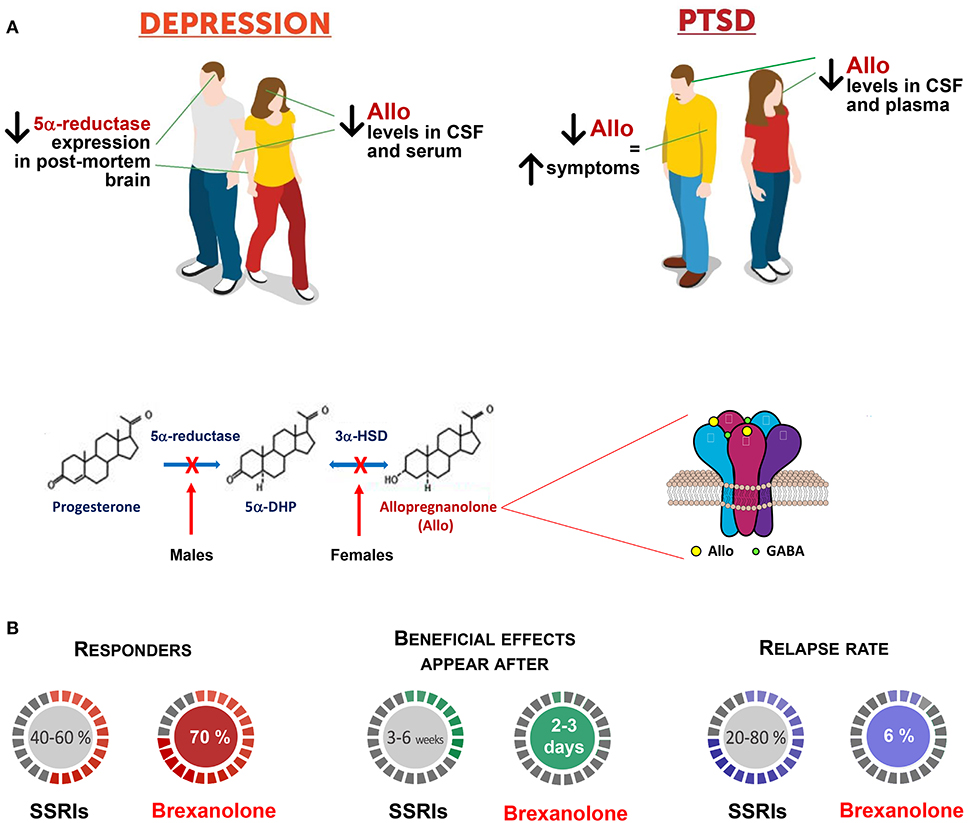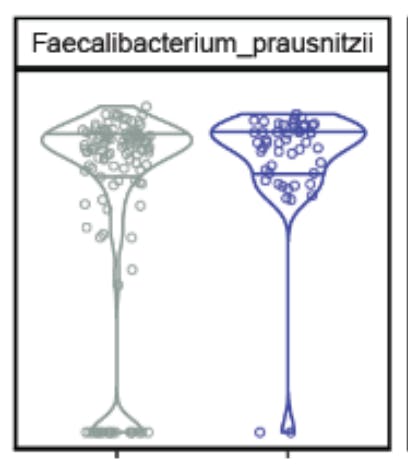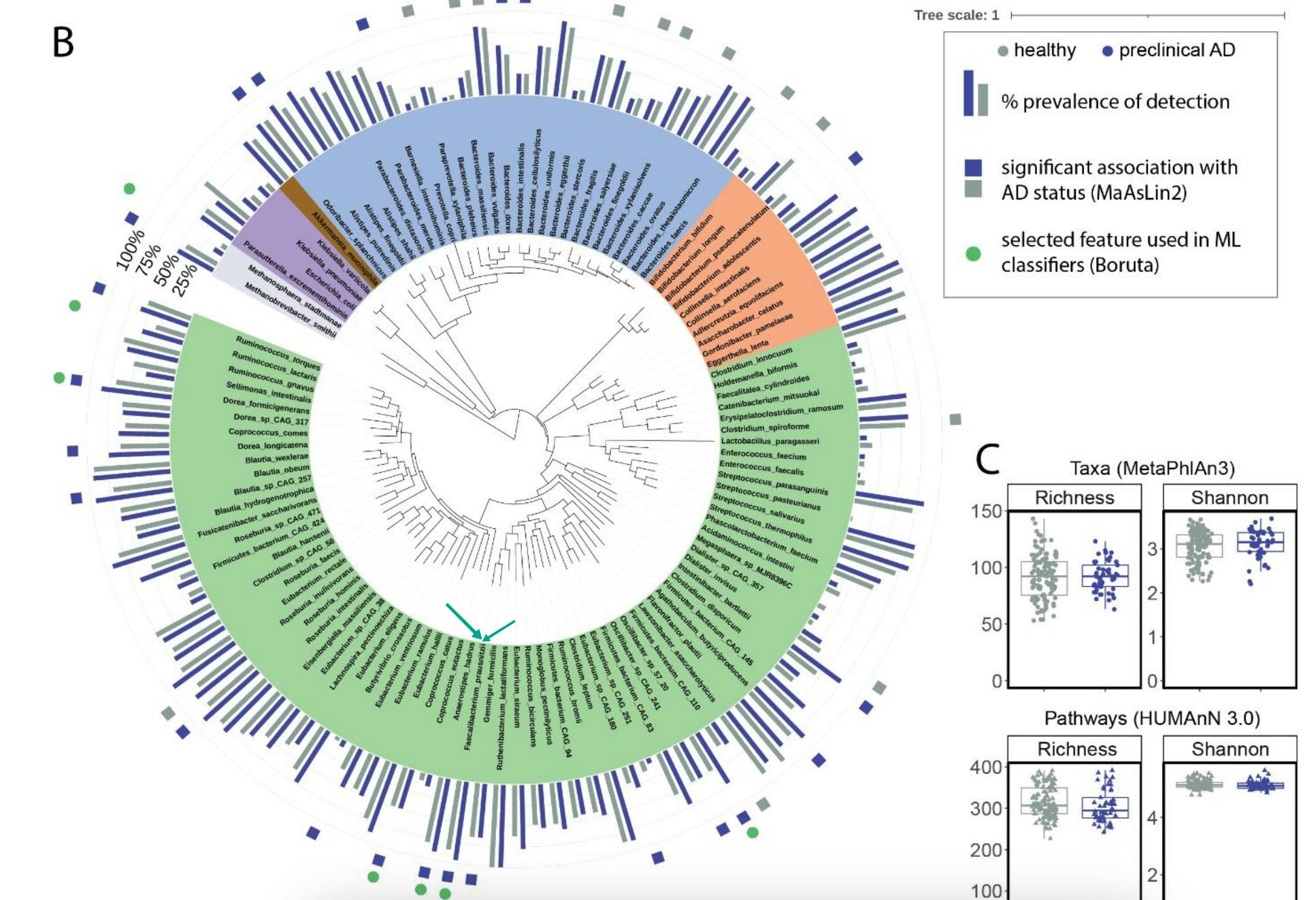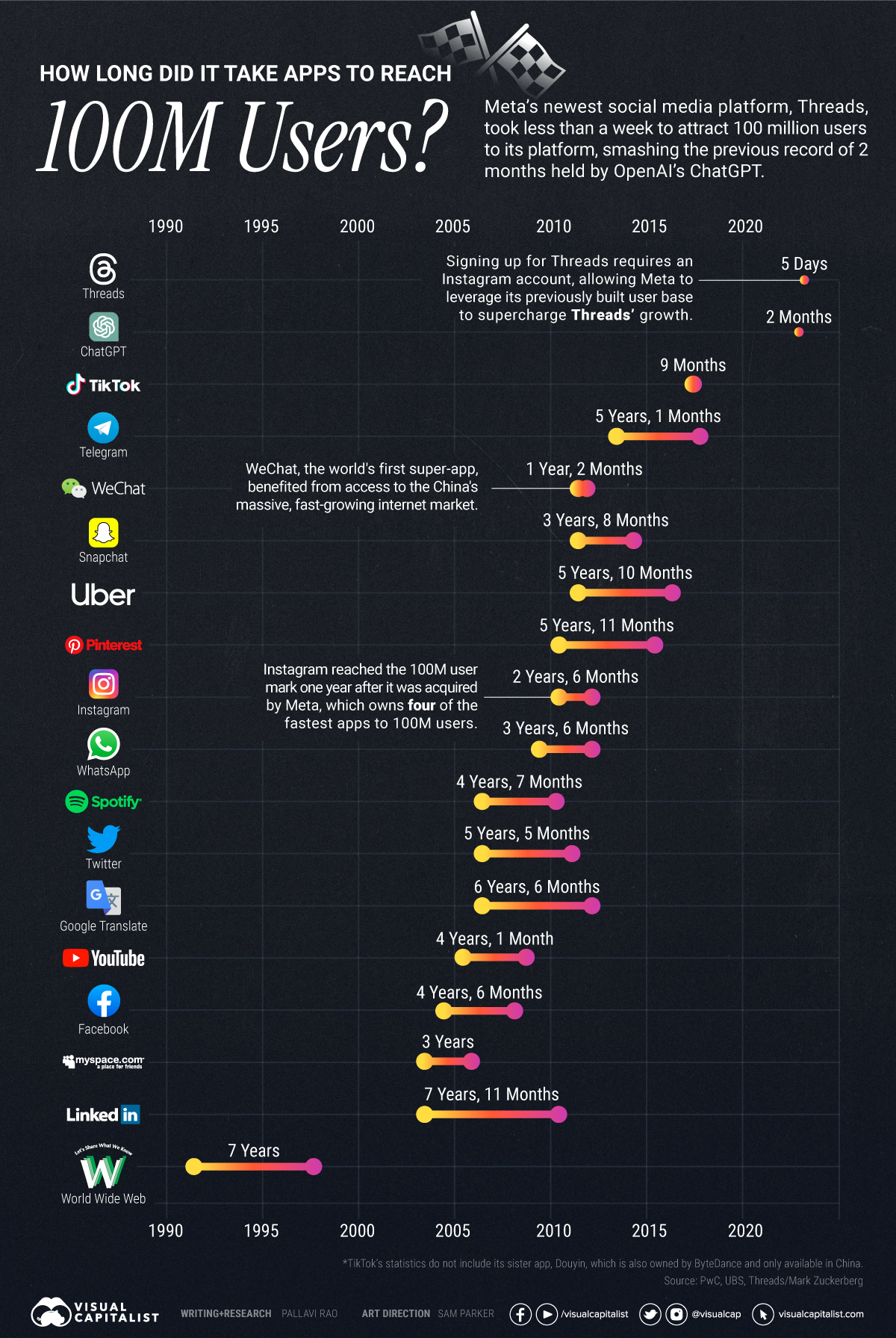Brexanolone for postpartum depression

Another take by Psychopharmacology Institute.
Brexanolone is a synthetic form of allopregnagolone, a GABA modulating neurosteroid
The study had 216 participants, all women 18-45 with de novo MDD in their third trimester or within the first 4 weeks following delivery
The drug was administered via a 60-hour injection (despite a half-life of roughly 9 hours)
The cumulative response rate of 81.4% in BRX versus 61.7% in PLA groups
All the other outcomes
p<0.05better in BRX groupThe cost of such an injection is ~$34,000 before insurance and deductions (like WTF man)
BRX can apparently cross BBB when administered intranasally, however, a lot is lost (16,000 ng/mg in the olfactory bulb ⇢ 670 ng/mg in the brain). The authors used cyclodextrin sulfobutylether-β-cyclodextrin to enhance the transport
Finally, generative agents!
The long-awaited agent simulations of human behavior...tadaa...the ones that use Time-Weighted Vector Retriever. By the way, here it is.
And here's a demo which I've linked not once and not twice IIRC.
Alzheimer's and gut
Some of the gut bacteria were found to be more prevalent in both AD patients and, in the present study, in the so-called preclinical stage
One of those are Faecalibacterium prausnitzii

A strange one as those are one of the main butyrate producers
Turns out it actually has a possible link to immune system activation, being increased in RA patients and decreased in Sjogren's Syndrome and Systemic Sclerosis.
The weird thing, yeah - F.S. is less abundant in AD than in healthy controls:

Still, the authors tell us that in preclinical AD, FP is more abundant (the things you do without institutional access). 👀🧐🔎



Obviously, it's detected more often; but is it more abundant on the average, and does this make real sense concerning its effects?

I wouldn't run to conclusions and causal inference here. It may well be a correlation, or an adaptive change (say, as oxidative damage increases SOD/CAT/GPx expression, tau accumulation may slightly increase the butyrate producers, or some enzymes may produce more food for that phyla, etc.)
Tribalism
Just a wild thought:
May the cancel culture be rooted in the solitude everyone is experiencing (actually, not)? Maybe that's more in line with interconnectedness ⇢ exuberance and being fast to react?

Welcome to Teleogenic/Boi Diaries❣️
The places I try cross-posting to:

![Though(t)s [2023-08-14]](https://cdn.hashnode.com/res/hashnode/image/upload/v1692048653369/14aa30d4-72e4-496b-8028-9e40c08e26a2.png?w=1600&h=840&fit=crop&crop=entropy&auto=compress,format&format=webp)